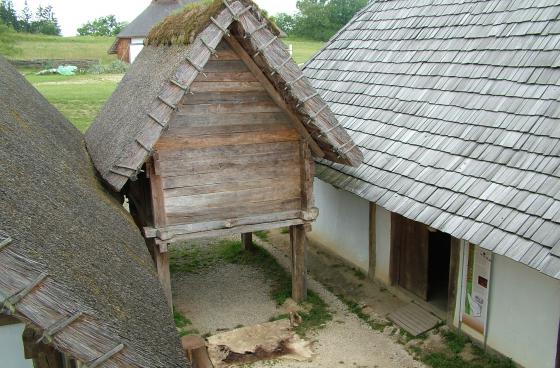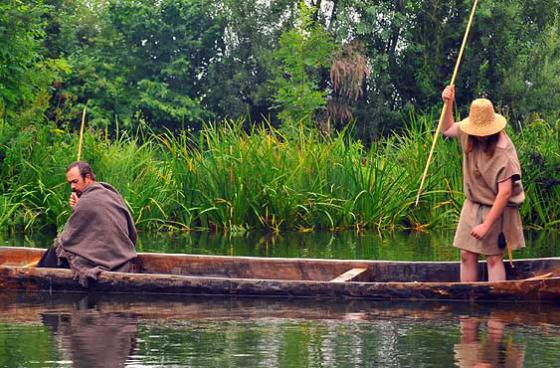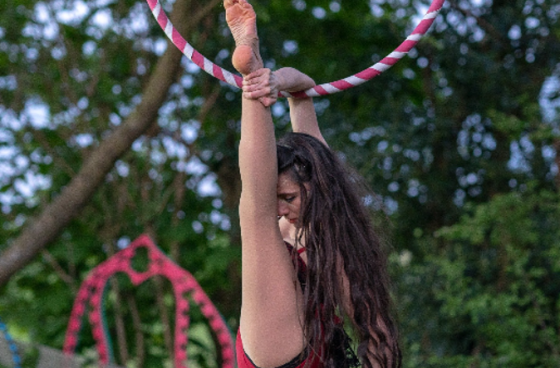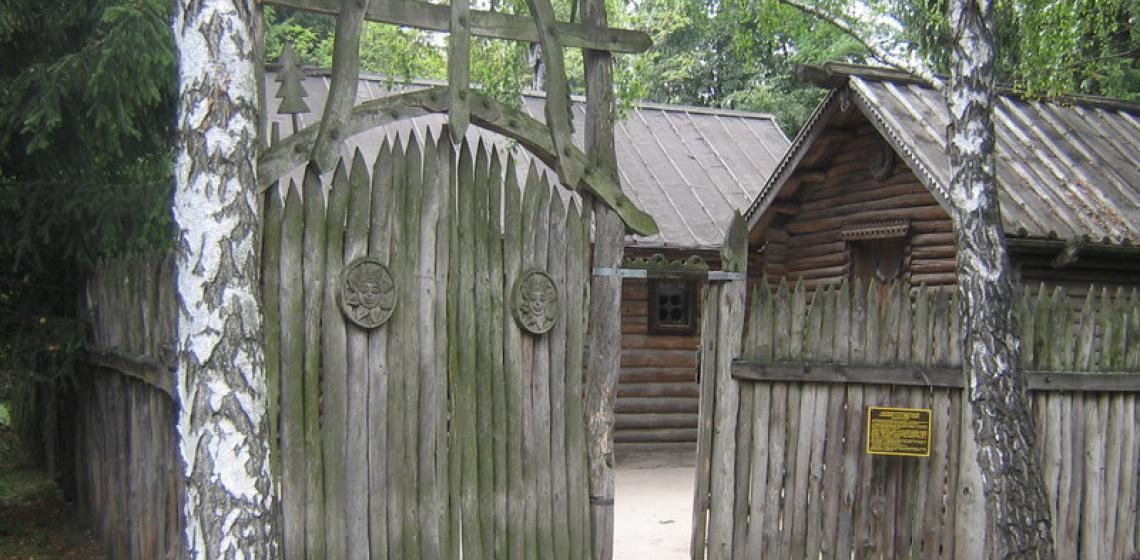At the ethnographic open-air museum in Pereiaslav-Khmelnytskiy (near Kyiv) you can find the wooden houses and places of worship of the 17th – 19th centuries as well as reconstructed buildings of earlier eras.
On the territory there are a numerous of museums (embroidery, ceremonies, transportation, bread, space, museum-mail, etc.). The museum is set in an open-air area of 30 hectares and includes many buildings, museums, churches, and a unique atmosphere. Here you can learn about how different segments of the population lived in the Ukraine in the old days. The museum is an important cultural and educational institutions to help assess the cultural heritage of the past, reveal traces of interference of cultures and see local history of the Middle Dnieper Region.









